Power Steering Control Module
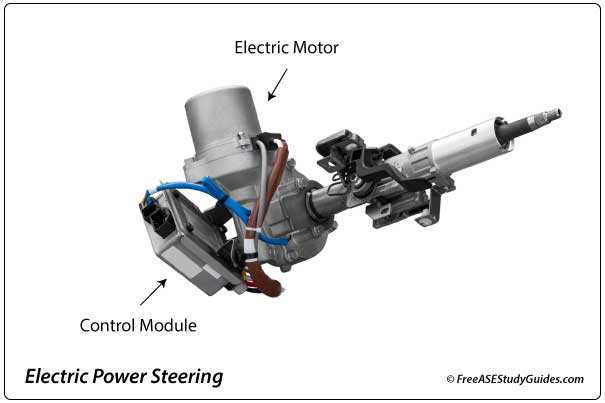
Electric Power Steering (EPS) has become popular among automotive manufacturers. The electric power steering system works with electronic stability (EPS) and traction control (TCS) systems. Advanced-Driver Assistance Systems (ADAS) use EPS for functions like lane keep and automatic parking assist. Programming provides the feel in the wheel and feedback drivers expect and feel comfortable with.
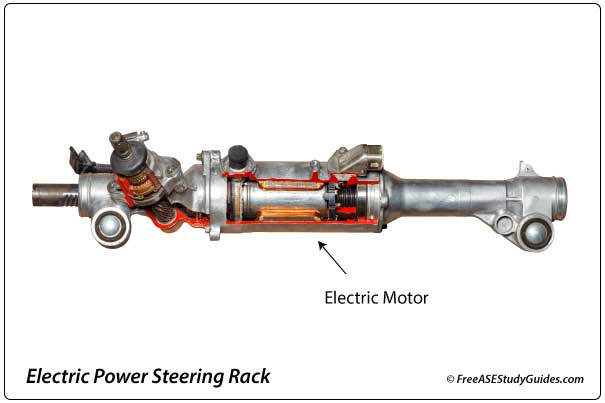
EPS uses an electric motor instead of hydraulic pressure to assist the driver's turning effort. It provides power steering assistance even when the engine is off. Electro-hydraulic power steering (EHPS) uses an electric motor to drive the hydraulic pump, reducing drag on the engine. The driver still has a manual connection to the steering gear with electric and electro-hydraulic power steering.
Steering Angle Sensor
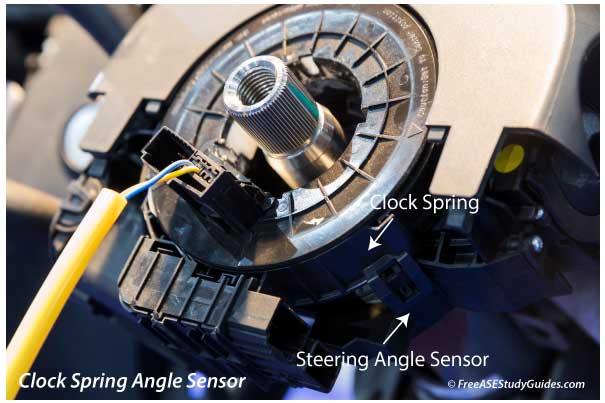
The EPS control module uses steering angle/position, torque, and wheel/vehicle speed sensor inputs to adjust the direction and amount of assistance.
The steering angle sensor informs the control module of the steering wheel's position and how quickly the driver turns the wheel. The SAS signal is a vital signal shared with other modules over the CAN. Some manufacturers combine steering sensors into a cluster.
The Controller Area Network
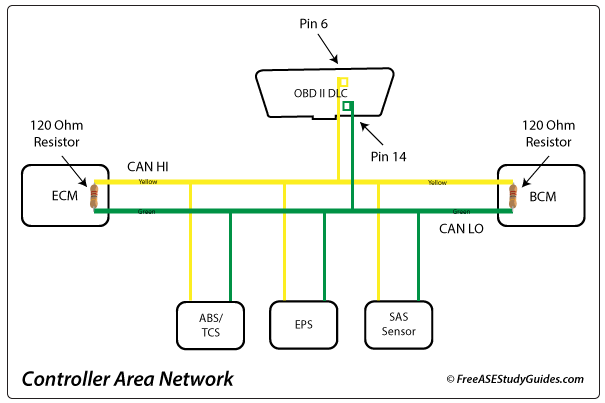
The Power Steering ECU (electronic control unit) connects to and shares information with other ECUs on the Controller Area Network. The CAN is a message-based serial network that allows a vehicle's many electronic control modules to communicate. Sensors like the direct-steering angle sensor, other system ECUs, and a scan tool are all nodes that connect directly to the CAN bus, the vehicle's internal network.
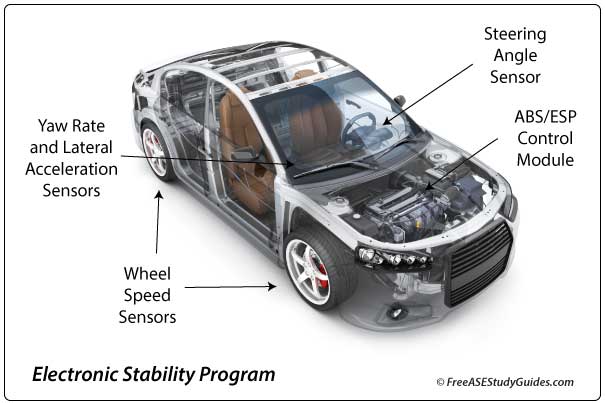
The EPS control module communicates with other modules like the ABS anti-lock brake, TCS traction control, and ADAS advanced driver assistance systems over the CAN. The ABS control module shares data from the wheel speed sensors with other modules like the EPS controller. The electric power steering ECU sends and receives data for ADAS functions like lane keep and automatic parking assist.
The Power Steering Motor

The power steering ECU monitors the motor's current, position, and temperature. The motor turns a reduction gear on the column or the gear housing. The location depends on the manufacturer. Power steering motors are powerful. The control module increases and decreases power assistance according to the signal it receives from the torque sensor.
Torque Sensor
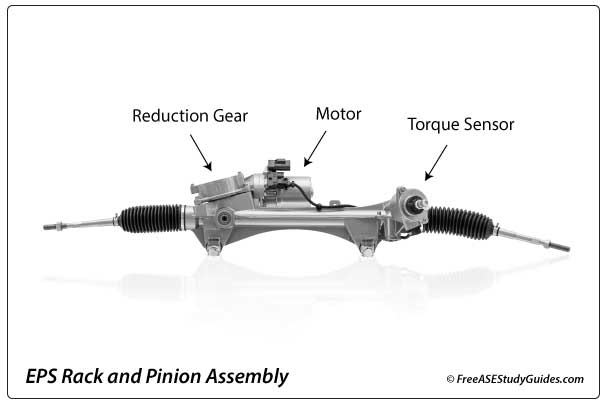
The torque sensor contains a torsion bar fixed between the input and pinion shafts with a sensor to measure the bar's twist. The sensor converts the driver's steering effort into an electrical signal. The signal indicates the force the driver is using to turn the wheels. The sensor can fail, require resetting or recalibration, or have a faulty circuit. It can affect different systems and cause the steering to pull or drift in either direction.
Variable Assistance
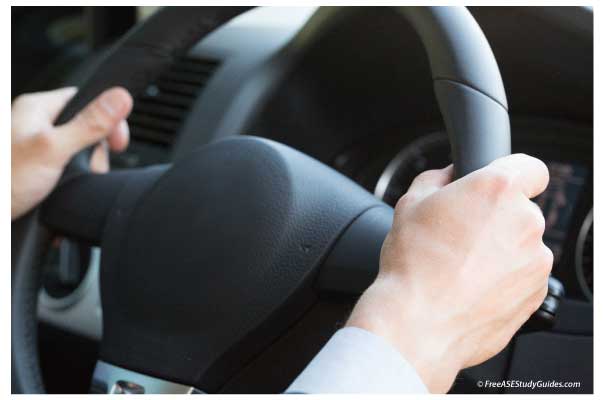
The EPS system provides more steering assistance during slow speed and parking maneuvers and less at highway speeds. The control module compiles the input from the position, torque, and wheel speed sensors to calculate the power needed for assistance. The driver still has a mechanical connection that turns the steering gear. The motor and reduction gear assist the driver's turning effort.
Electric Power Steering Diagnosis

EPS systems are electric and do not have fluid leaks. Use a scan tool and a multimeter to diagnose codes and problems like excessive resistance, shorts, and open circuits. When the control module senses a problem with the power steering system, it warns the driver, illuminates the EPS warning light on the instrument panel, and deactivates the system. The vehicle will not have power steering assistance.
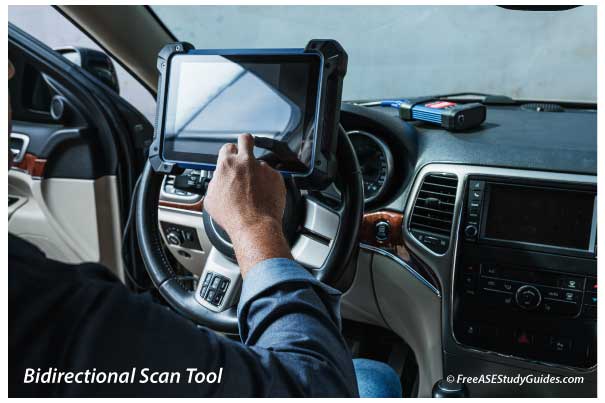
The scan tool displays the steering angle in degrees, and the sensor must be reset or recalibrated after replacing a steering component or performing a wheel alignment. Failure to do so results in EPS, TCS, check engine warning lights, and problems like erratic and loose or tight steering. A false position signal from the SAS will affect stability control. It may cause advanced driver assistance systems like lane keep to misinterpret or correct a lane change incorrectly.
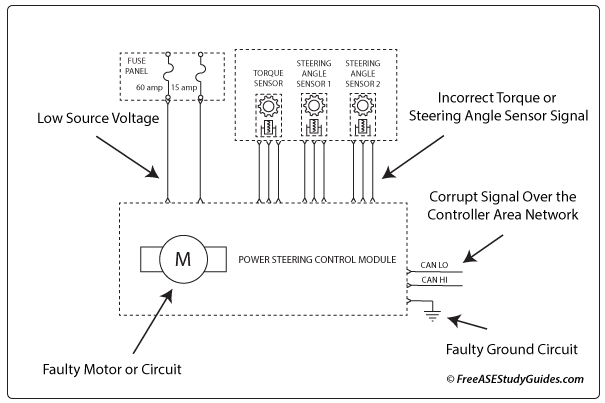
Control modules need proper voltage and ground. If the ECM detects voltage abnormality like low source voltage from circuit problems or low battery voltage, it sets code P0562. Power steering control modules have a similar code (code C1541). C codes result from a problem with the electric power steering system, and U codes come from network communication issues.